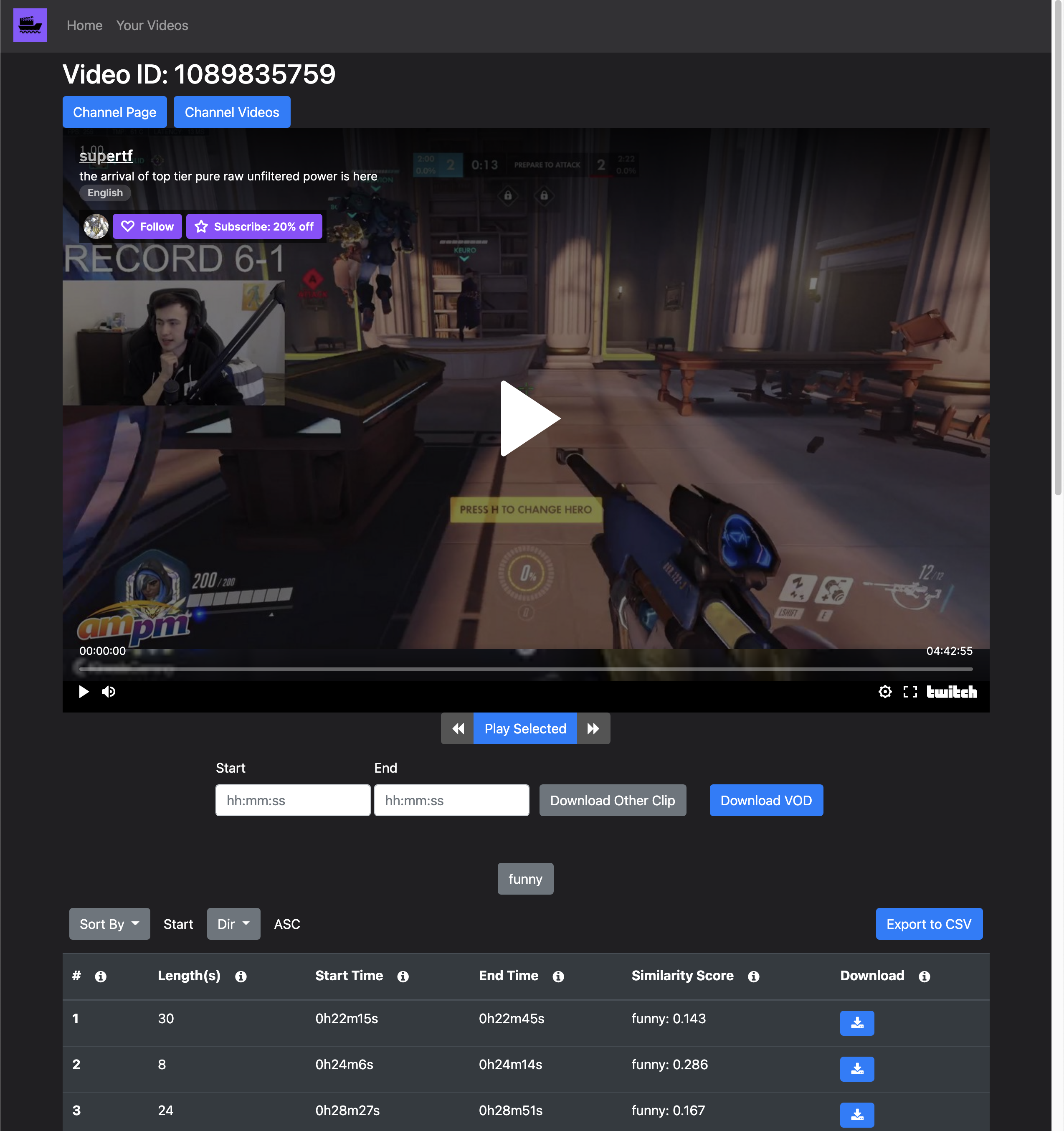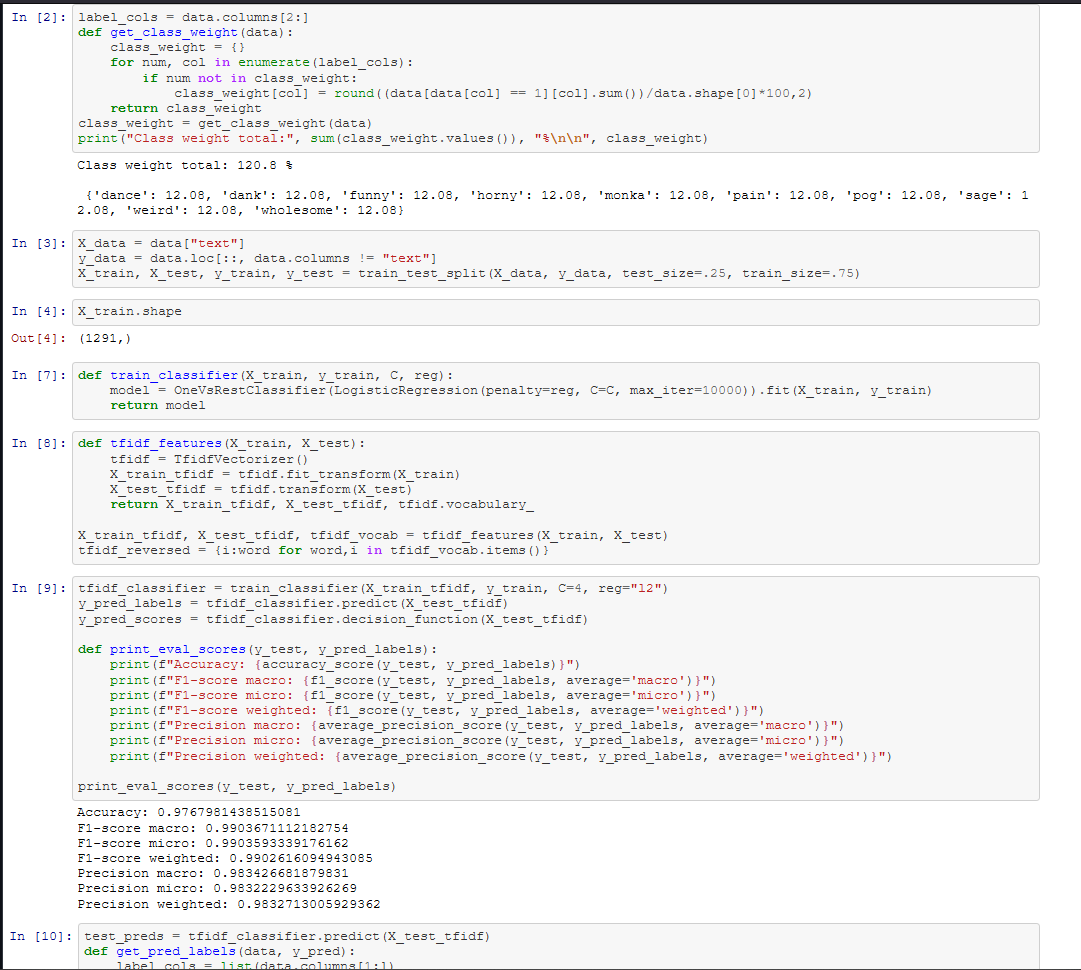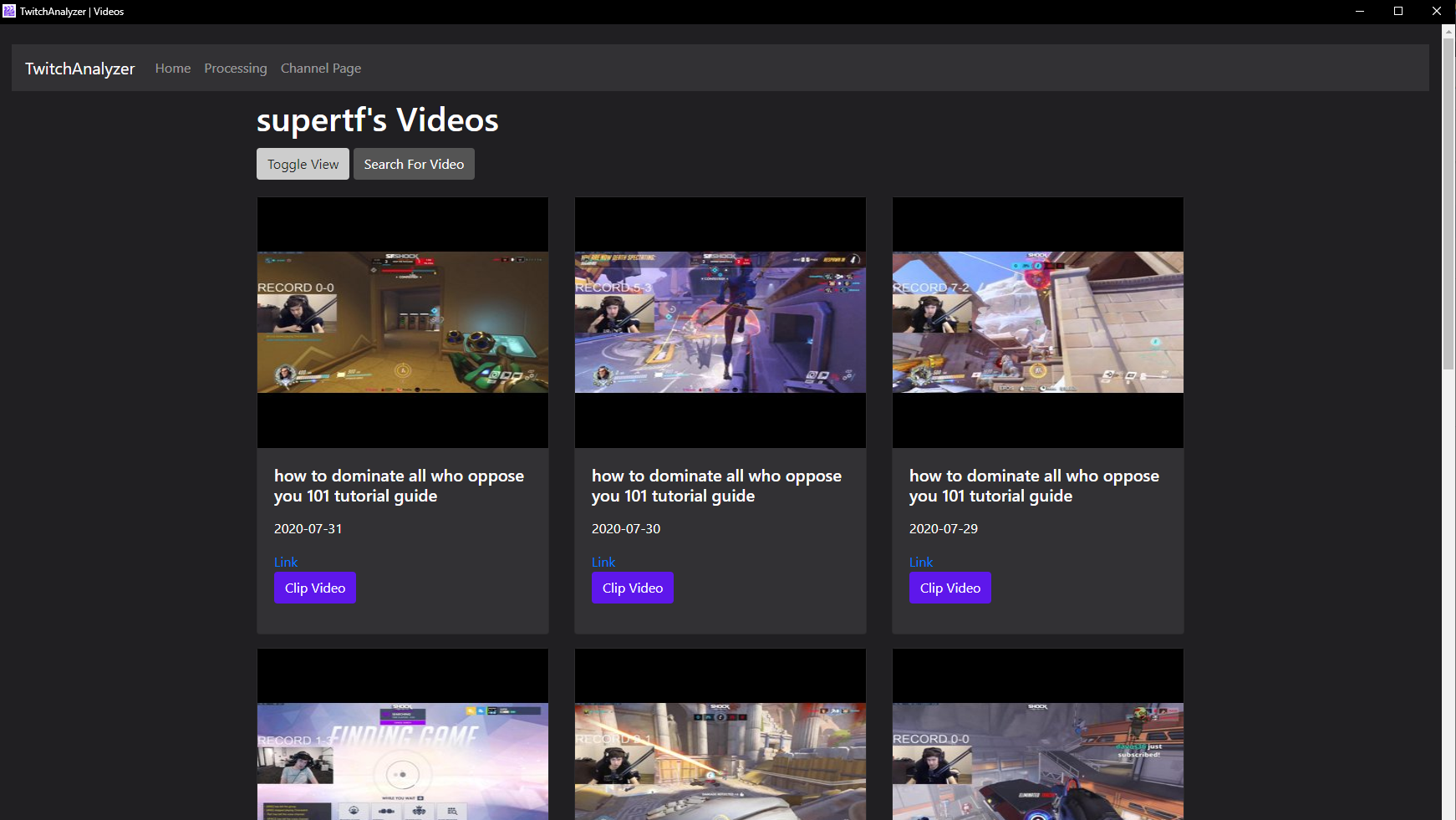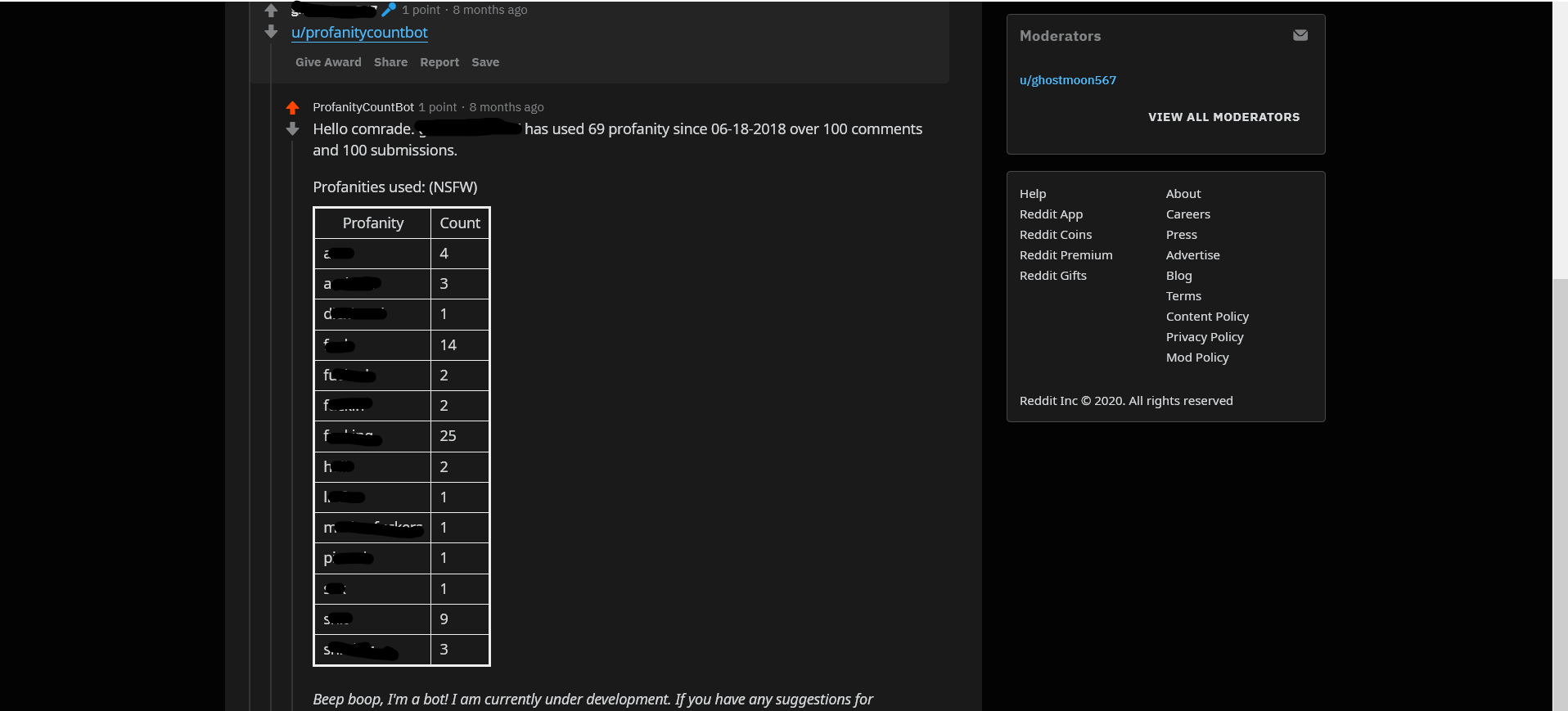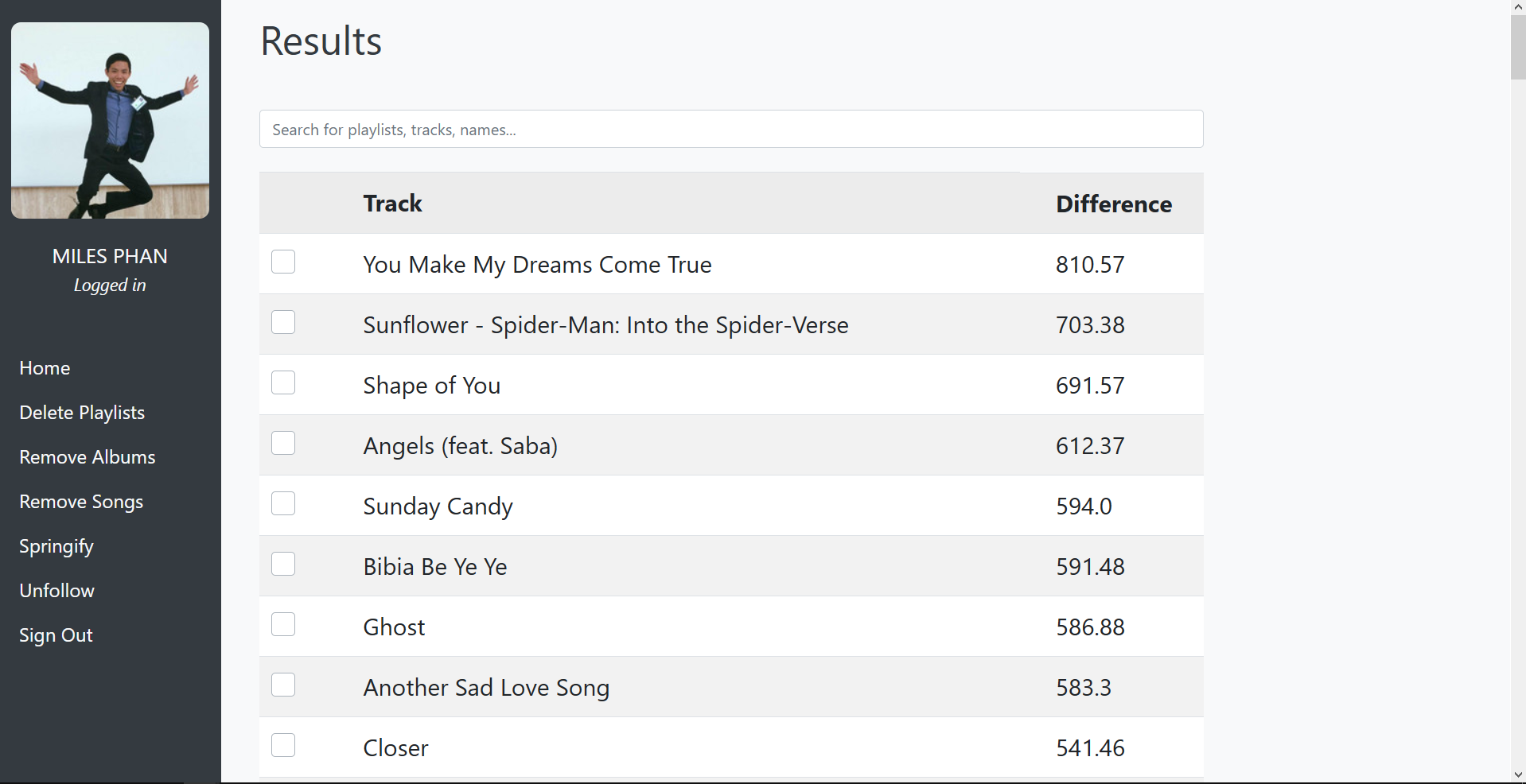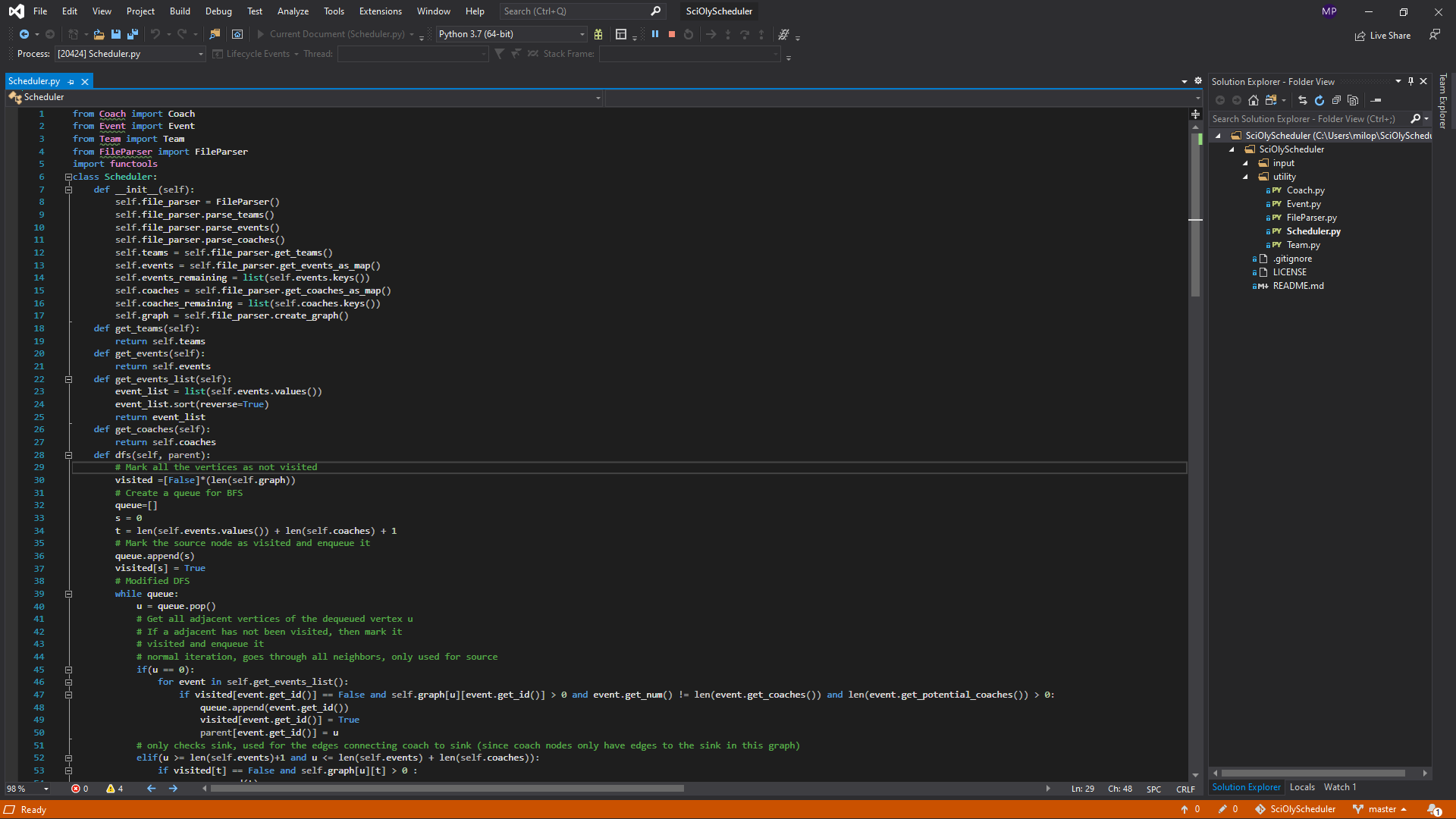Software Dev Engineer II
April 2024 - Present
- Designed a graceful degradation system using AWS AppConfig, Java, Spring, and ProtoBuf for Amazon Rufus, which handles millions of requests per day, to relieve service load during times of overwhelming traffic by up to 95%.
- Migrated Rufus monitoring constructs from manual-creation to AWS CDK, which increased maintainability and reusablility and facilitated desktop and international expansions.
- Empowered other developers by mentoring junior engineers, driving process improvements, leading sprint meetings, and writing knowledge sharing documentation.
Software Dev Engineer I
August 2021 - April 2024
- Added new features to an Alexa marketing campaign platform.
- Implemented a lightweight scheduling system that automatically executed campaigns using AWS Lambda, EventBridge, and SQS.
- Architectured a new experimentation workflow to support A/B testing marketing campaigns. One successful experiment resulted in 8X customer purchases.
- Developed a content revokal feature using AWS SQS and CloudWatch that removed unwanted/accidental marketing notifications from Alexa devices.
- Worked with partners to launch over 20 domestic and international marketing campaigns for Kindle, Audible, and other Amazon products, resulting in cumulative 3MM MAU.
- Mentored two summer interns, providing guidance and support for their projects, which resulted in both interns being offered full time positions.
- Drove org-wide cost saving initiatives that reduced yearly spending by ~475K.
Academic Part-Time Software Engineer
Feb 2020 - May 2021
- Modernized the JPL Education Portal, used to manage potential new hires and interns, by updating the tech stack to use Python, Django, and React.js.
- Updated an internal part catalog application to display data coming from other JPL sites using Vue.js and Javascript.
- Developed and shipped an internal work-on-lab approval app in response to the COVID-19 pandemic.
Application Development Intern
Aug 2017 - Dec 2017, May 2018 - Aug 2018
- Shipped an internal out-of-office app, leveraging HTML, Javascript, and Google APIs, to standardize office calendars.
- Contributed to an internal event tracker app that managed reports for network wide events on campus, reducing incident response time by 75%.

